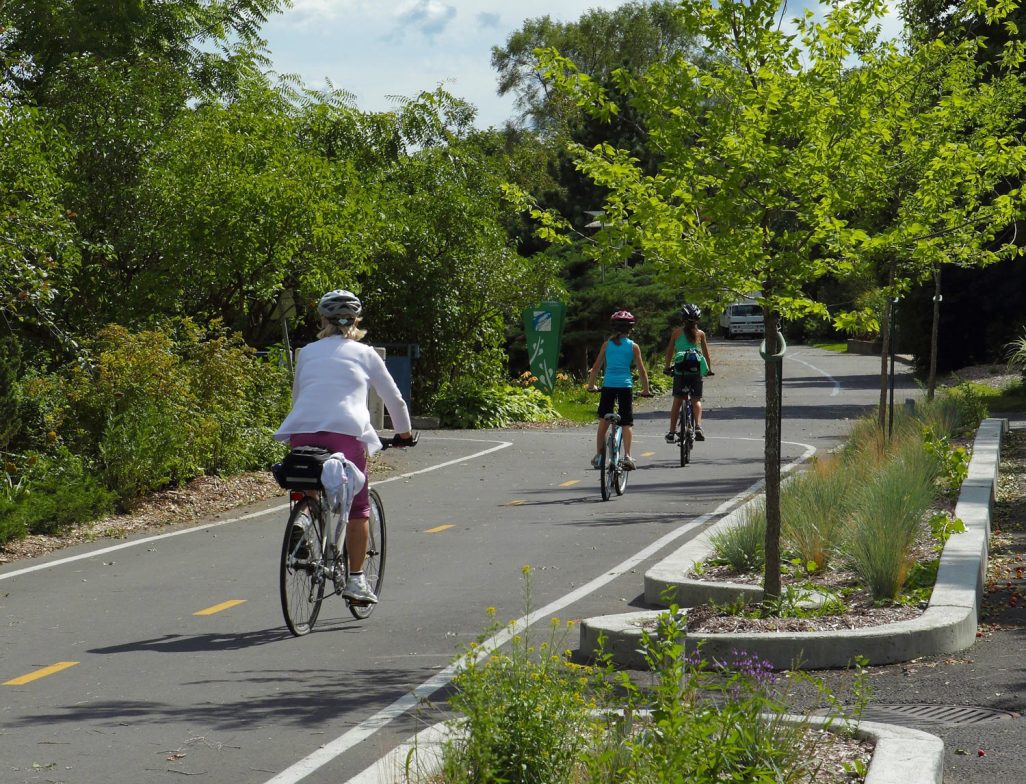The borough of Rosemont-La Petite-Patrie is undertaking an in-depth, two-phase revision of its urban planning by-law in order to provide concrete answers to the challenges of the ecological transition on its territory.
This regulatory overhaul is the result of work carried out over several months with the firm Lemay to draw up an exhaustive portrait of the issues and potential for greening, development of the urban canopy, management of runoff water and soil demineralization throughout the territory.
This rigorous process led to the adoption of a first series of amendments to the borough's regulatory framework, mainly concerning greening, protecting and planting trees on private property, managing the stormwater sustainably as well as greening the grounds during the development of parking lots. They aim to reduce heat islands and achieve a 30% canopy ratio, thus contributing to the improvement of the quality of life of residents and to a greater resilience of the territory.
The Rosemont-La Petite-Patrie by-law includes the following new features:
- The development of green roofs in the context of large-scale projects.
- The tightening of rules regarding the cutting down and replacement of trees on private and public property.
- The strenghtening of tree planting requirements for residential and commercial projects and the obligation to ensure a diversity of species.
- A greater soil permeability and the addition of stormwater management measures.The addition of a general analysis criterion aimed at fostering connections between exterior vegetation and interior rooms (biophilia).
"To fully play their role in the fight against climate change, cities and local governments must implement the best planning practices to promote sustainable, inclusive and resilient urbanism as well as the health and well-being of citizens. Our borough does its part by optimizing our urban planning tools, a powerful lever for implementing actions adapted to the territory realities that will bring the ecological transition to life in the living environments of Rosemont-La Petite-Patrie," says François William Croteau, Mayor of Rosemont-La Petite-Patrie.
A regulatory approach based on green and active living environments (MVVA)
This first series of changes will be complemented by targets and objectives adapted to each of the MVVAs in Rosemont-La Petite-Patrie, taking into account the characteristics and particularities of the territory in terms of canopy, built environment and greening potential.
This unique regulatory approach by MVVA will allow, for example, to set a higher minimum biotope coefficient in sectors with a deficit of vegetation and trees, where mineralization rates are high, such as in the Marconi-Alexandra area, in order to respond more effectively to local issues related to global warming and thus have a global impact on the entire territory.



